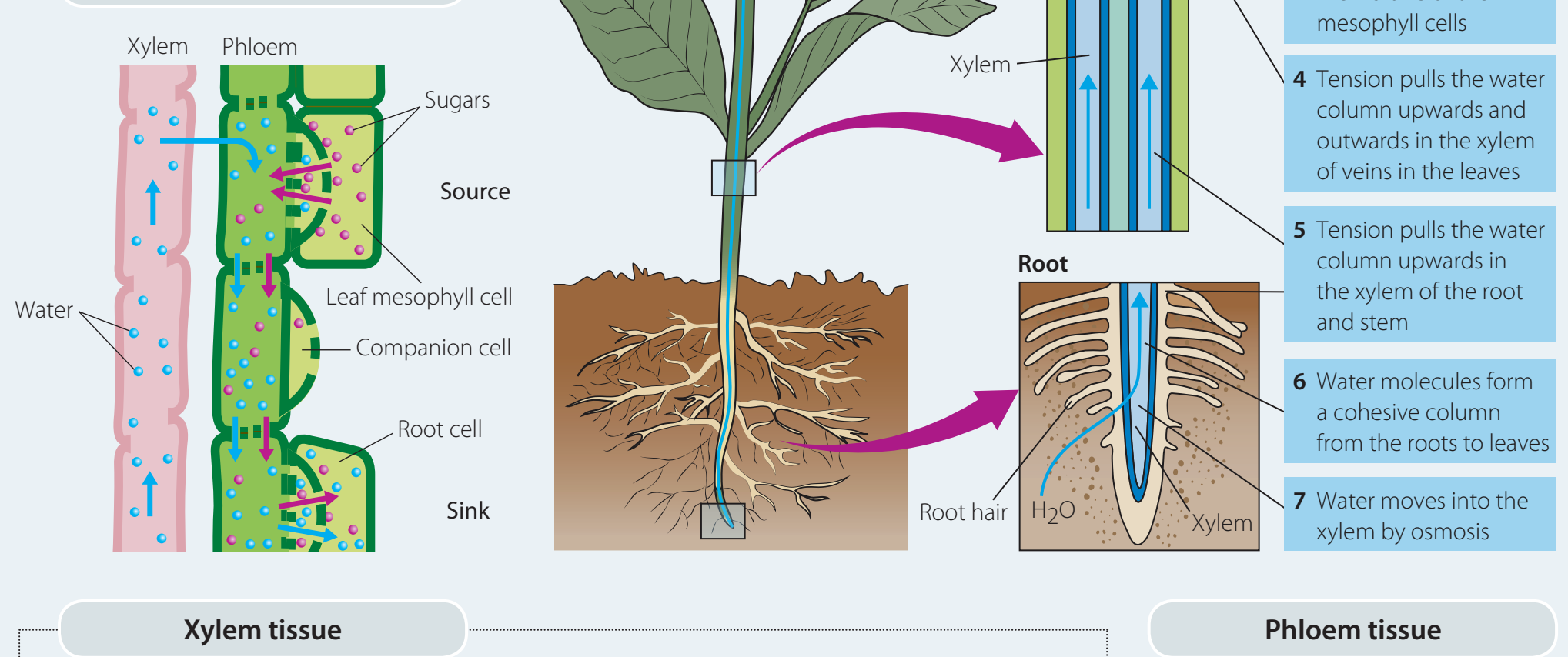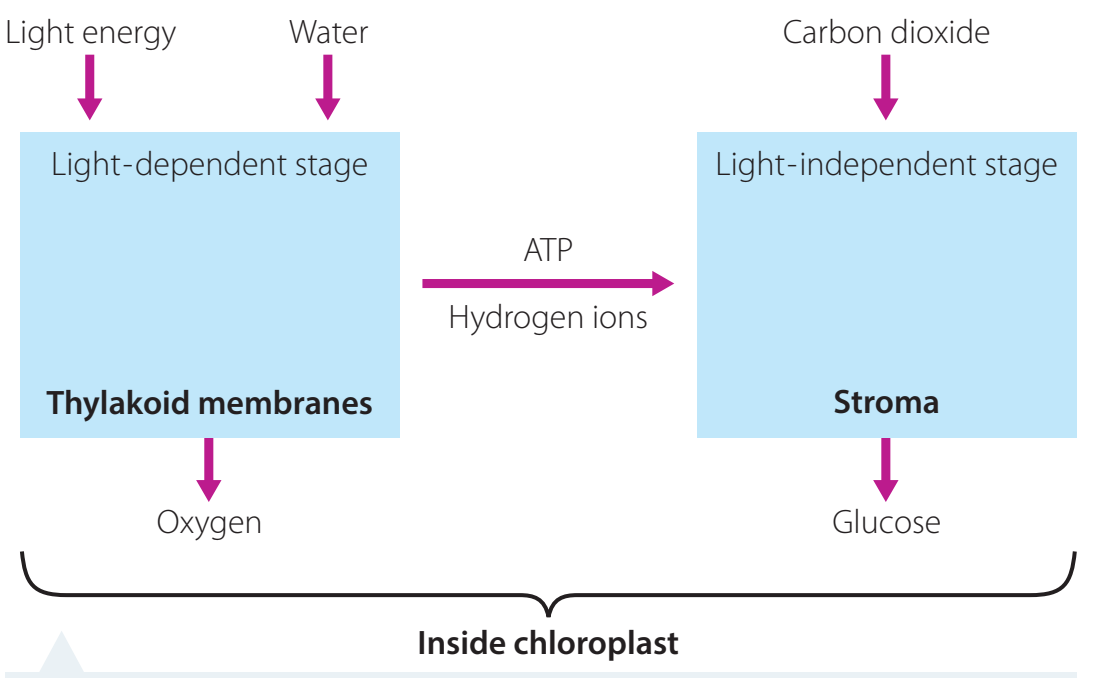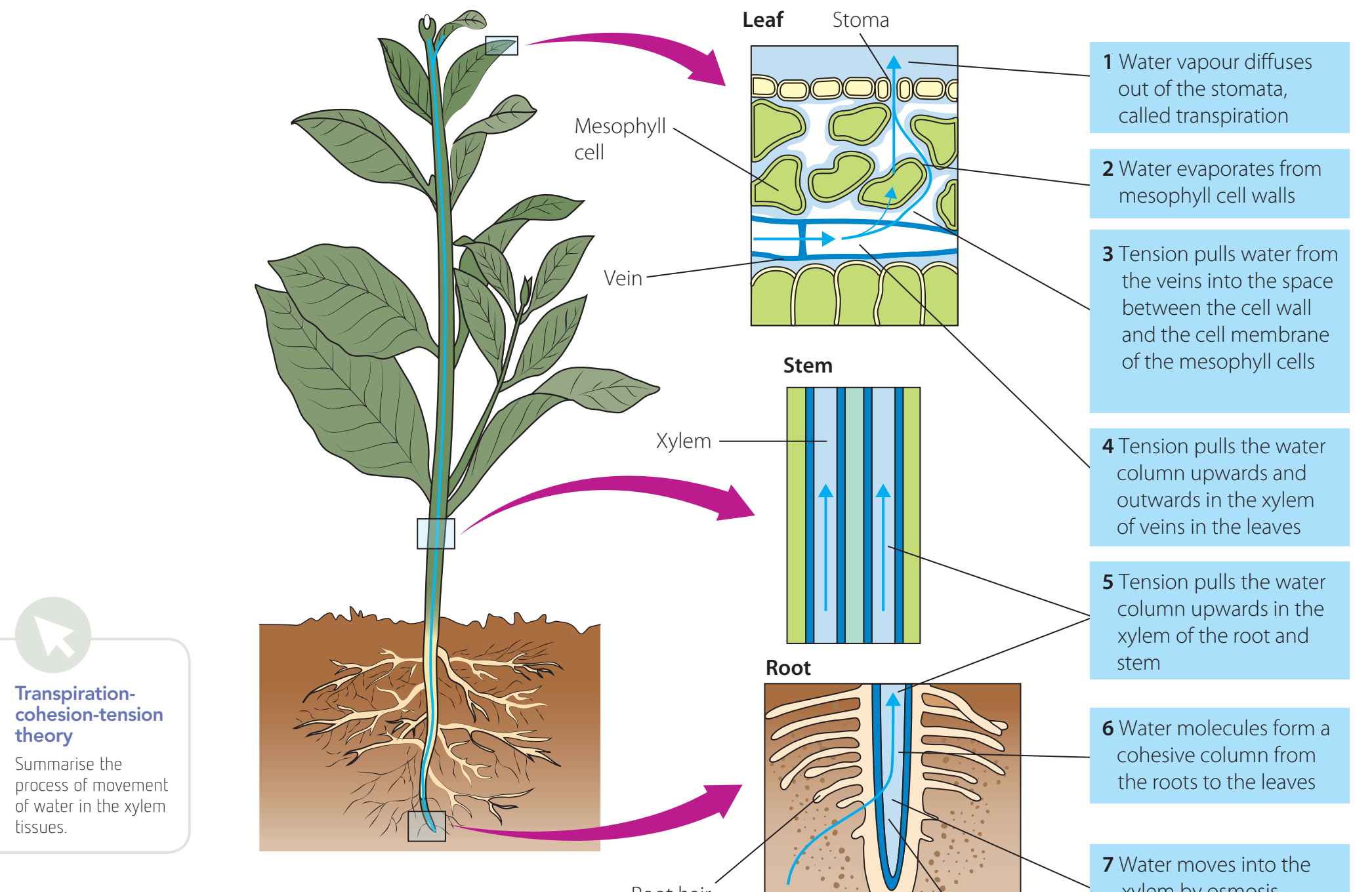Photo AI
Last Updated Sep 24, 2025
Plant Function Theories Simplified Revision Notes for SSCE HSC Biology
Revision notes with simplified explanations to understand Plant Function Theories quickly and effectively.
459+ students studying
Plant Function Theories
Understanding the theories behind plant functions is crucial for appreciating scientific progress in this area. These theories include significant breakthroughs in plant physiology and transport mechanisms, which are essential for understanding plants' roles in ecology and broader life processes.
Plant Function Overview
Timeline of Significant Discoveries
A chronological timeline highlighting key discoveries that have enhanced our understanding of plant functions:
-
1600s: Chlorophyll's Role in Photosynthesis
- Significance: Light energy was determined to be essential for energy conversion in plants.
- Result: Sparked extensive research in plant biology.
-
1800s: Mendel and the Laws of Inheritance
- Influence: Introduced the concept of genetics to plant science.
- Outcome: Enabled the prediction and control of plant traits.
-
1953: DNA Double Helix by Watson & Crick
- Impact: Transformed molecular biology and the comprehension of genetic processes.
-
1977: Advancements in Electron Microscopy
- Impact: Offered deeper insights into cellular complexities.

Role of Secondary Sources
Secondary sources have advanced research methodologies:
- Facilitated a transition from anecdotal evidence to structured scientific enquiry using systematic methodologies.
- Key papers and reviews have contributed to refining theories into evidence-based practices.
Photosynthesis: Mechanisms and Influences
Photosynthesis: The process by which green plants synthesise nutrients from sunlight, carbon dioxide, and water, releasing oxygen. (Refer to the diagram for a comprehensive overview.)

Light-Dependent Reactions
- Chlorophyll: Captures light energy to initiate the process.
- Location: Takes place in the thylakoid membranes.
- Processes:
- Electron excitation and transport lead to the creation of ATP and NADPH.
- Oxygen is released as a byproduct.
Oxygen evolution supplies the oxygen crucial for aerobic life.
Light-Independent Reactions (Calvin Cycle)
- Makes use of ATP and NADPH and depends on RuBisCO for CO₂ fixation.
Environmental Factors:
- Light intensity, CO₂ concentration, and temperature significantly influence the rate of photosynthesis.
Transpiration-Cohesion-Tension Theory
This theory explains the movement of water from the roots to the leaves, which is essential for nutrient distribution and photosynthesis.
Key Definitions
- Transpiration: The evaporation of water from plant leaves, initiating the upward movement of water.
- Cohesion: The attraction between water molecules aids in maintaining an upward water column.
- Adhesion: The attraction of water to plant tissues supports the continuity of the cohesive column.
- Tension: Negative pressure pulling water against gravity.
- Xylem: Tubes that transport water from the roots to the leaves.
- Stomata: Pores that control water loss and gas exchange.
The transpiration-cohesion-tension theory illustrates how plants transport water upwards by combining transpiration, cohesion, and tension.

Evaluation of Theories
Proper evaluation ensures that plant biology theories continue to be relevant and impactful in areas like agriculture and conservation.
Criteria for Evaluation
- Replication and Validation: The reproducibility of experiments is crucial for validation.
- Technological Advancements: Innovations such as genetic engineering enhance the accuracy of evaluations.
- Scientific Scrutiny through Peer Review: Ensures that findings are reliable and valid.
Challenges include:
- Environmental variability poses challenges to theory replicability.
Examples of Scientific Collaboration
Global partnerships increase the reliability of models by combining expertise and resources, facilitating breakthroughs such as drought-resistant crops.

Glossary and Key Terms
- Photosynthesis: The conversion of light energy into chemical energy stored as glucose.
- Transpiration: The movement of water through plants, aiding cooling and mineral delivery.
- Cohesion and Adhesion: Support continuous upward water transport.
- RuBisCO: Integral for carbon fixation during the Calvin Cycle.
- Capillary Action: Allows water to rise in narrow structures, essential for hydration.
- Cavitation: Occurs when air bubbles disrupt water columns, impacting plant health.
Visual Aids
Illustrations can enhance the understanding of complex topics in plant function and its importance in ecosystems and life sciences.
500K+ Students Use These Powerful Tools to Master Plant Function Theories For their SSCE Exams.
Enhance your understanding with flashcards, quizzes, and exams—designed to help you grasp key concepts, reinforce learning, and master any topic with confidence!
170 flashcards
Flashcards on Plant Function Theories
Revise key concepts with interactive flashcards.
Try Biology Flashcards18 quizzes
Quizzes on Plant Function Theories
Test your knowledge with fun and engaging quizzes.
Try Biology Quizzes33 questions
Exam questions on Plant Function Theories
Boost your confidence with real exam questions.
Try Biology Questions2 exams created
Exam Builder on Plant Function Theories
Create custom exams across topics for better practice!
Try Biology exam builder24 papers
Past Papers on Plant Function Theories
Practice past papers to reinforce exam experience.
Try Biology Past PapersOther Revision Notes related to Plant Function Theories you should explore
Discover More Revision Notes Related to Plant Function Theories to Deepen Your Understanding and Improve Your Mastery
